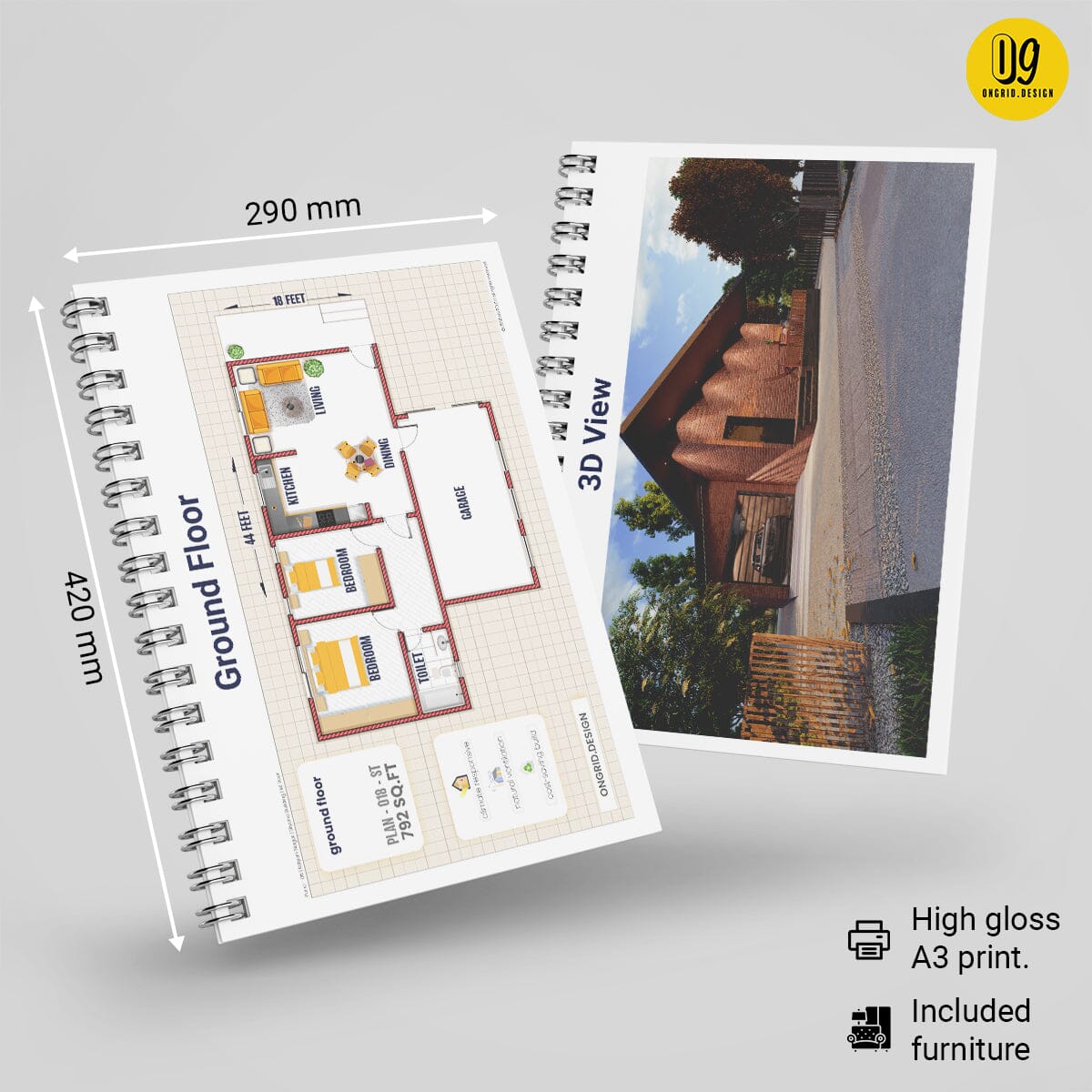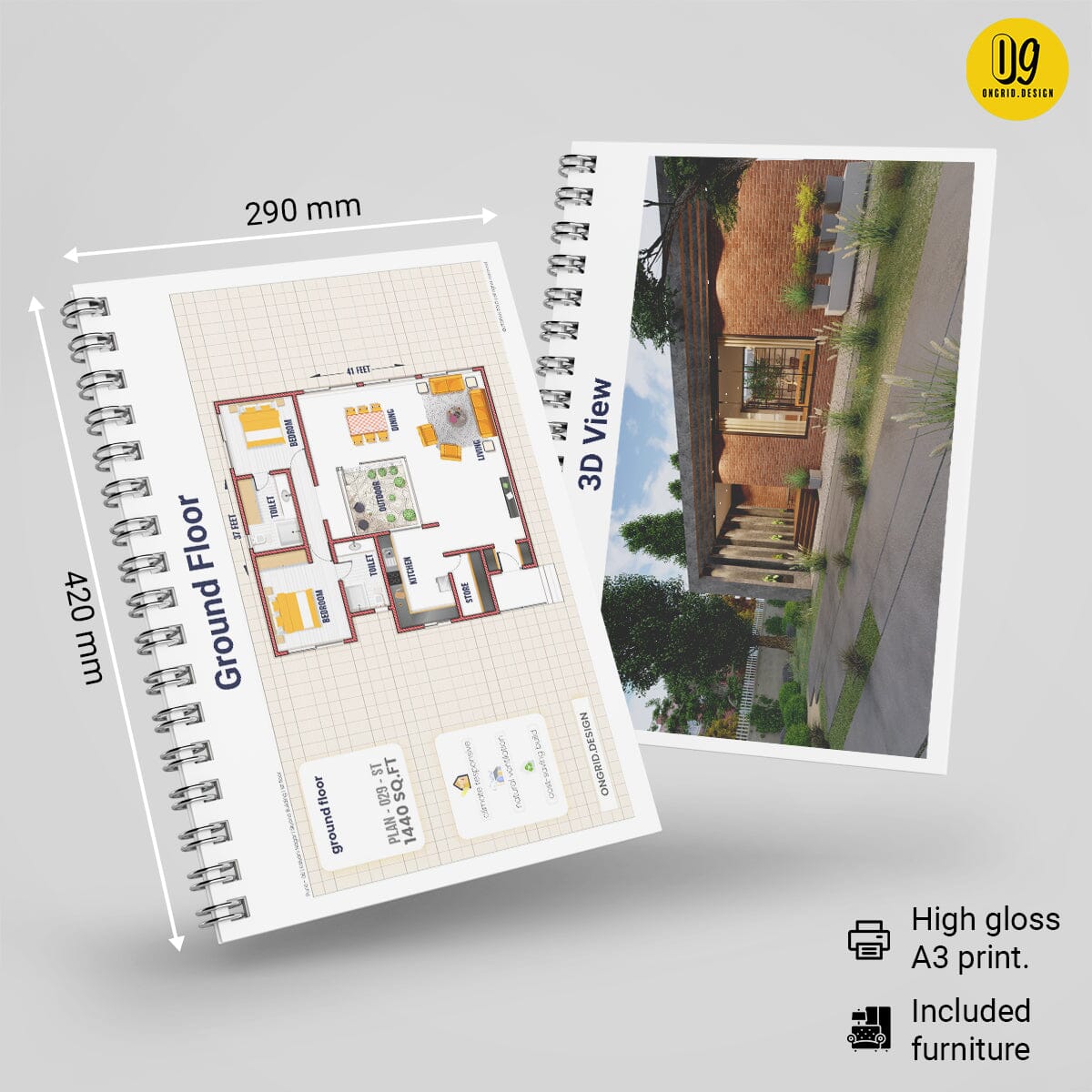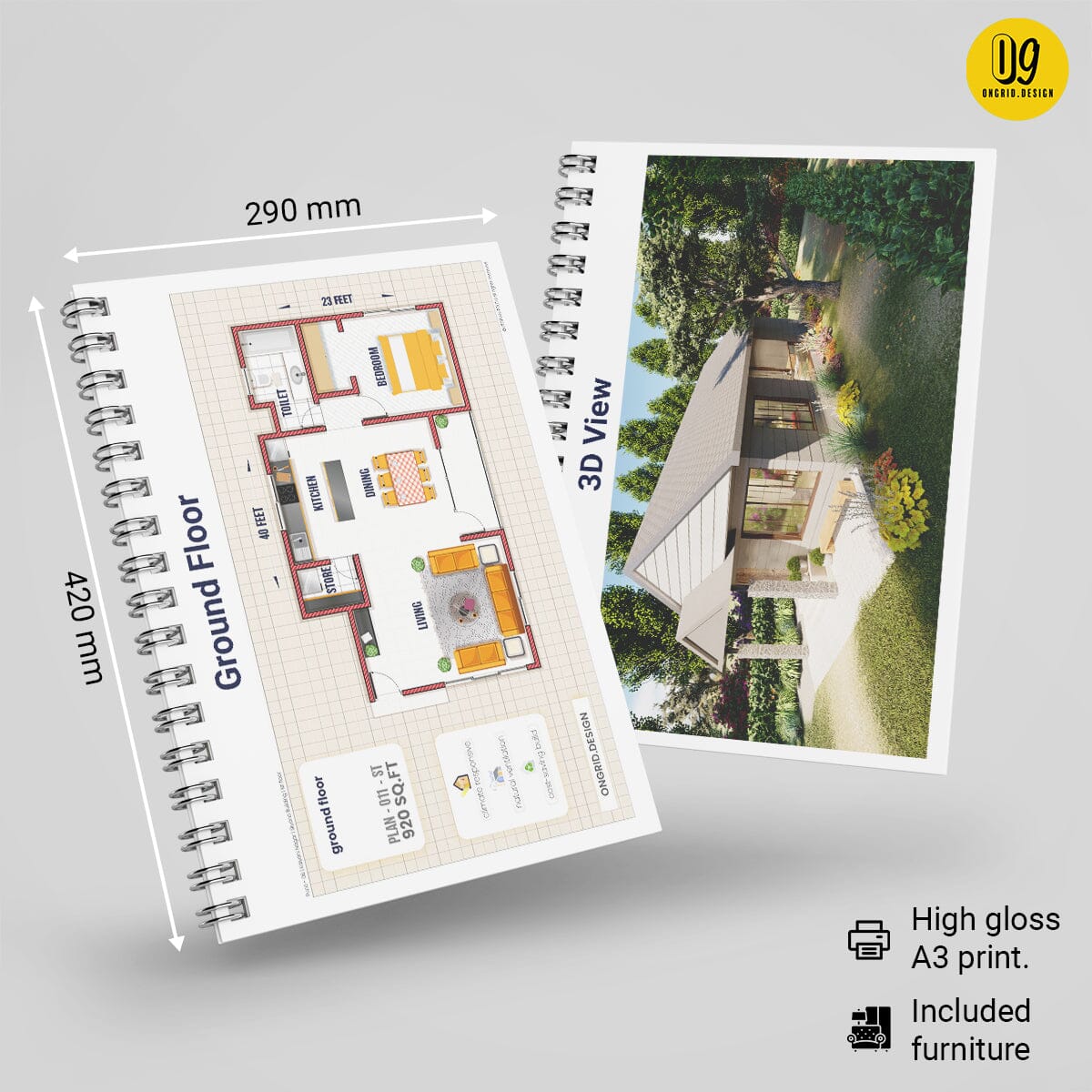Planning a house is an art, a meticulous process that combines creativity, practicality, and a deep understanding of one's needs. It's not just about creating a structure; it's about designing a space that will become a home. A place where people make memories, where life unfolds.
In India, we often use Vastu Shastra principles when planning our houses, especially regarding the house's direction. This adds complexity to the process. This article will guide you through the fascinating world of house planning, focusing on east and north-facing house plans.
Key Takeaways
- Understand Key Terms: Get familiar with terms like "duplex house plans", "BHK house plan", and "site".
- Explore House Plans: From compact 15 15 plans to spacious 4000 sq ft designs, there's a plan for everyone.
- Elevation Designs Matter: These designs impact the house's aesthetic appeal and functionality.
- Incorporate Vastu Shastra: This ancient science can bring balance, prosperity, and happiness to your home.
- Customise Your Plan: Tailor your house plan to suit your unique needs and lifestyle.
1.Understanding House Plans
Before we learn about different house plans, let's understand some important terms to help us understand this topic better.
1.1 Key Terms
- Duplex House Plans: A duplex house has apartments with separate entrances for two households. This could be two houses having a common wall or an apartment above the garage.
- East-Facing House: An east-facing house is one where the main entrance door opens towards the east. According to Vastu Shastra, people consider an east-facing home as auspicious.
- North-Facing House: Similarly, a north-facing house is one where the main entrance door opens towards the north. Vastu Shastra also considers north-facing houses as auspicious.
- BHK House Plan: BHK stands for Bedroom, Hall, and Kitchen. e.g. A 3BHK house plan, for instance, would include three bedrooms, a hall, and a kitchen.
- Square Feet: This is a unit of area used in the imperial measurement systems. People use it to define the size of a house plan.
- Site: In house planning, an area refers to the plot of land where the house will be built.
1.2 The Significance of Direction in House Planning
In Vastu Shastra, the direction that a house faces is of utmost importance. East-facing houses, aligned with the sunrise, are thought to bring joy and wealth. North-facing houses are also seen as sources of wealth and success. As we look at various house plans, we'll see how these ideas are included in the designs.
Check out our collection of complete set home plans for more inspiration.
2: Exploring Different House Plans
Now that we've covered the basics let's dive into the heart of the matter - the house plans themselves. We'll explore a variety of plans, each with unique features and benefits.
2.1 Detailed Exploration of Various House Plans
- 15 15 House Plan: This compact plan is perfect for small families or couples. Despite its size, it can be designed to include all essential areas, such as a living area, a dining area, a master bedroom with an attached bathroom, and even a small kitchen.
- Duplex House Plans 30x40 East Facing: This plan is ideal for a medium-sized family. The duplex design allows for ample space and privacy. The east-facing aspect ensures the house is filled with natural light in the morning, aligning with Vastu principles for prosperity and happiness.
-
30x50 North Facing House Plans: This spacious plan is perfect for larger families. The north-facing aspect is considered auspicious in Vastu Shastra, believed to bring wealth and success.

- 23x50 House Plan: This is another spacious plan that can accommodate multiple bedrooms, a large living area, a dining area, and other amenities. It's perfect for families that need space and comfort.
- 4000 sq ft House Plans Indian Style: This plan offers a vast area to play with. It can accommodate multiple bedrooms, a large living area, a dining area, a spacious kitchen, and even a home office or a play area.
- East Facing House Vastu Plan 30x40: This plan combines the principles of Vastu Shastra with practical design. The east-facing aspect ensures the house is filled with natural light in the morning, which is considered auspicious.
- 3BHK North Facing House Plan: This plan is perfect for families that need three bedrooms. The north-facing aspect aligns with Vastu principles for wealth and success.
-
4 Bedroom House Plans In Kerala Single Floor: This plan offers ample space for a large family, all on a single floor. The design can be customized to include a large living area, a dining area, and a spacious kitchen.

2.2 Discussing the Features of Each House Plan
 Each of these house plans can be customized to include key features such as:
Each of these house plans can be customized to include key features such as:
- Living Area: This is the heart of the home, where the family gathers for quality time. It can be designed to be spacious and comfortable.
- Dining Area: This is where the family gathers for meals. It can be designed to be cosy and inviting.
- Master Bedroom: This is the main bedroom in the house, usually the largest, and often comes with an attached bathroom.
- Attached Bathroom: This is a bathroom that is directly accessible from a bedroom, usually the master bedroom.
- Attached Toilet: Similar to an attached bathroom, an attached toilet is directly accessible from a bedroom.
Explore our unique and customisable home plans here.
3: Importance of Elevation Designs in House Planning
Elevation designs are a crucial aspect of house planning. They not only contribute to the aesthetic appeal of the house but also play a significant role in its functionality.
3.1 Understanding Elevation Designs
 Elevation designs refer to architectural drawings that showcase the exterior view of the house, as seen from various angles. They provide a visual representation of what the finished house will look like from the outside.
Elevation designs refer to architectural drawings that showcase the exterior view of the house, as seen from various angles. They provide a visual representation of what the finished house will look like from the outside.
In the context of house planning, two types of elevation designs are particularly important - the "east-facing house front elevation" and the "20 front elevation".
- East Facing House Front Elevation: This design is specifically for houses that face the east. The design takes into account the direction of the sunrise and aims to maximise the entry of natural light into the house. It also adheres to the principles of Vastu Shastra, which consider east-facing houses to be auspicious.
- 20 Front Elevation: This design is for houses that have a frontage width of 20 feet. Despite the limited width, these designs can create an impressive and inviting facade for the house.
Elevation designs are not just about aesthetics; they also serve practical purposes. They can enhance the natural lighting in the house, improve ventilation, and even contribute to energy efficiency by optimising the house's orientation with respect to the sun.
Check out our external home design options for more inspiration.
4: Vastu Shastra and House Planning
Vastu Shastra, an ancient Indian science of architecture, plays a significant role in house planning in India. It provides guidelines for designing spaces that harmonize with the natural elements, bringing balance, prosperity, and happiness to the inhabitants.
4.1 The Role of Vastu Shastra in House Planning
 Vastu Shastra considers the cardinal directions (north, south, east, and west) to be of great importance in the design of a house. Each direction has specific characteristics and influences associated with it. For instance, the East is associated with the rising sun and is considered to bring prosperity and happiness. The North is associated with wealth and success.
Vastu Shastra considers the cardinal directions (north, south, east, and west) to be of great importance in the design of a house. Each direction has specific characteristics and influences associated with it. For instance, the East is associated with the rising sun and is considered to bring prosperity and happiness. The North is associated with wealth and success.
In the context of house planning, Vastu Shastra provides specific guidelines for east and north-facing houses. For instance, the main entrance of an east-facing house should be in the northeast corner to ensure maximum benefits. Similarly, for a north-facing house, the entrance should ideally be in the north or east direction.
When planning the interior layout, Vastu Shastra recommends placing the master bedroom in the southwest corner of the house for both east and north-facing houses. The kitchen should ideally be in the southeast corner, and the living area should be in the northeast or north-west corner.
Incorporating Vastu principles into house planning can seem complex, but with the right guidance, it can be a rewarding process. It's about creating a home that looks good and feels good, promoting harmony, prosperity, and well-being.
Explore our collection of Vastu-compliant home plans here.
5: Case Studies
To better understand how all these elements come together in a harmonious design, let's take a look at some case studies of successful house plans that incorporate the principles we've discussed.
5.1 Case Study 1: The 30x40 East Facing Duplex House Plan
 This plan is a perfect example of effectively using space in a duplex house. The east-facing aspect ensures the house is filled with natural light in the morning, aligning with Vastu principles for prosperity and happiness.
This plan is a perfect example of effectively using space in a duplex house. The east-facing aspect ensures the house is filled with natural light in the morning, aligning with Vastu principles for prosperity and happiness.
The living area, located in the northeast corner, is spacious and inviting, while the master bedroom, situated in the southwest corner, offers privacy and tranquillity. The kitchen, in the southeast corner, is practical and efficient. Check out the plan here.
5.2 Case Study 2: The 4000 sq ft House Plan Indian Style
 This expansive plan offers a vast area to play with. It can accommodate multiple bedrooms, a large living area, a dining area, a spacious kitchen, and even a home office or a play area.
This expansive plan offers a vast area to play with. It can accommodate multiple bedrooms, a large living area, a dining area, a spacious kitchen, and even a home office or a play area.
The master bedroom in the southwest corner is a haven of peace, while the living area in the northeast corner is perfect for family gatherings. The kitchen in the southeast corner is a chef's dream. Explore the plan here.
5.3 Case Study 3: The 4-Bedroom House Plan In Kerala Single Floor
 This plan offers ample space for a large family, all on a single floor. The design can include a large living area, a dining area, and a spacious kitchen.
This plan offers ample space for a large family, all on a single floor. The design can include a large living area, a dining area, and a spacious kitchen.
The master bedroom, with an attached bathroom, offers a luxurious retreat. The east-facing aspect of the house ensures it is filled with natural light in the morning, which is considered auspicious. See the plan here.
Explore our complete set of home plans for more inspiration.
Conclusion
House planning is a complex process that requires careful consideration of various factors. From understanding the basics of house plans to exploring different designs, considering elevation designs, and incorporating principles of Vastu Shastra, there's a lot to consider.
However, with the proper guidance and resources, it can be a rewarding journey. The result is a home that is not just a structure but a space that resonates with your lifestyle, preferences, and values. An area that brings prosperity, happiness, and peace to its inhabitants.
Remember, every house plan can be customised to fit your unique needs. Whether it's a compact 15 15 house plan or a spacious 4000 sq ft house plan, there's a design out there that's perfect for you.
So, are you ready to embark on this exciting journey of house planning? Explore our collection of house plans and find the one that's just right for you. Happy planning!







